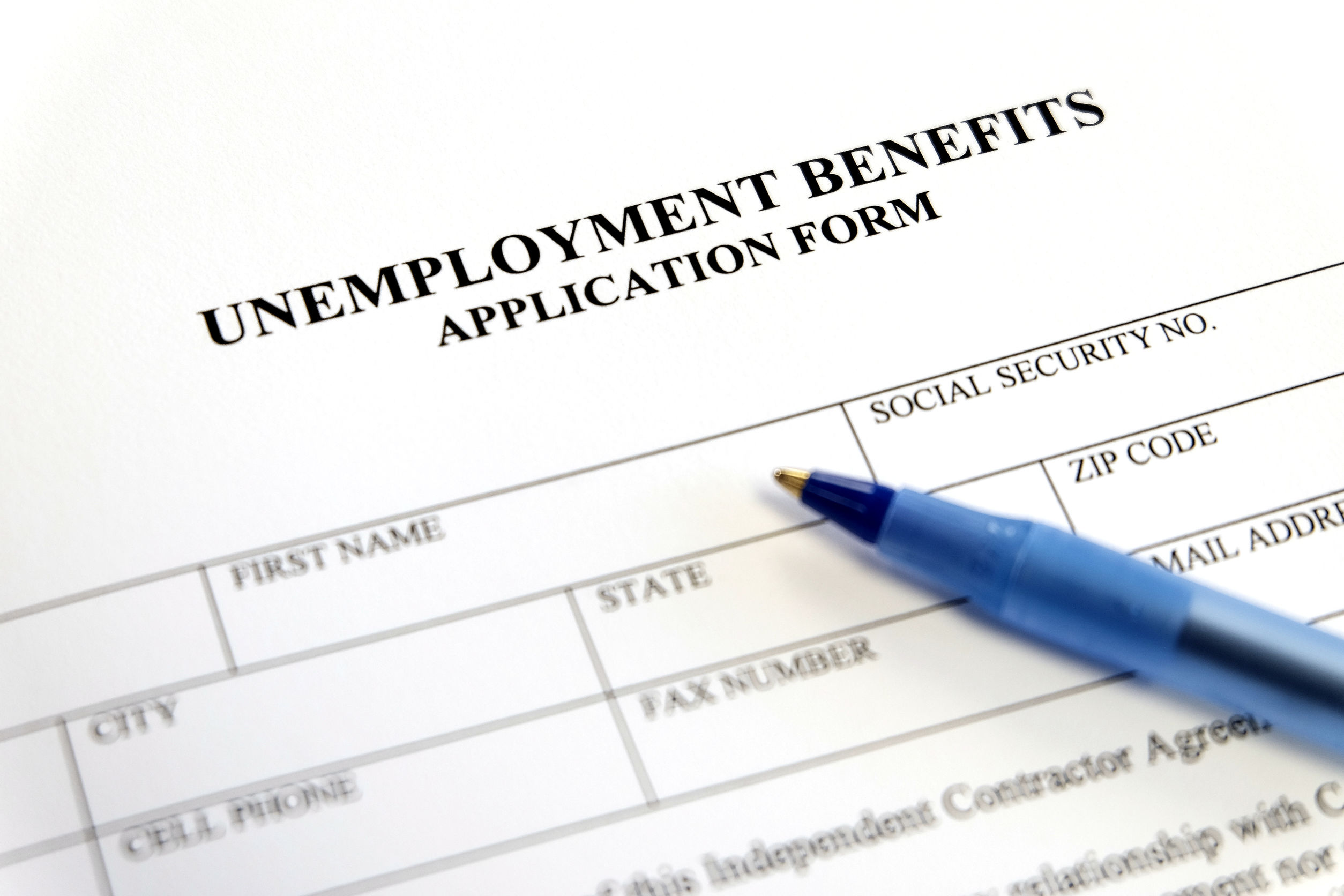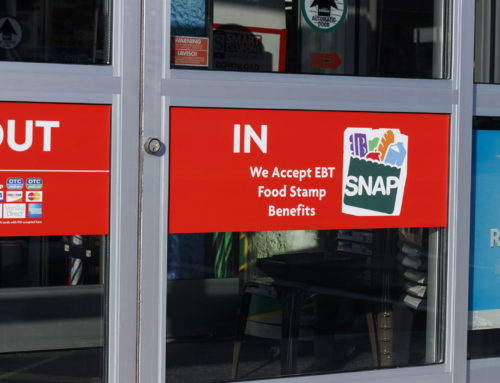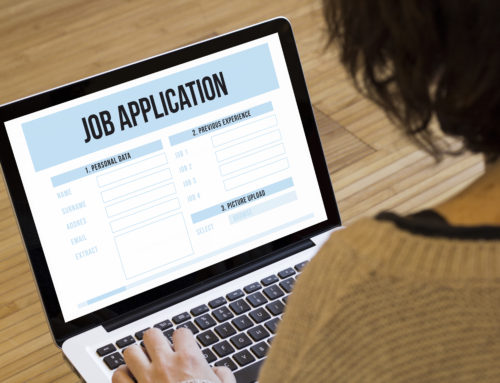When you lose your job via a furlough or a layoff, any number of thoughts race through your mind. What do I do next? How will I generate income? How do I stay afloat while I search for my next job?
Fortunately, that’s where unemployment insurance steps in to help answer some of these essential questions. According to the U.S. Department of Labor, “Unemployment insurance is a joint state-federal program that provides cash benefits to eligible workers. Each state administers a separate unemployment insurance program, but all states follow the same guidelines established by federal law.”
Now, it’s important to understand and recognize that unemployment is not welfare. It’s a joint federal-state insurance program funded through taxes paid by employers.
The Basics
The basic program in most states provides up to 26 weeks of benefits to unemployed workers, replacing about half of their previous wages, on average. Although states are subject to a few federal requirements, they are generally able to set their own eligibility criteria and benefit levels.
Who Is Eligible?
Program specifics are determined on a state-by-state basis, but given that it is overseen by the U.S. Department of Labor, most if not all states use the following guidelines to determine eligibility.
- You are unemployed through no fault of your own. In most states, this means you have to have separated from your last job due to a lack of available work.
- You meet work and wage requirements. You must meet your state’s requirements for wages earned or time worked during an established period of time referred to as a “base period.” (In most states, this is usually the first four out of the last five completed calendar quarters before the time that your claim is filed.)
You meet any additional state requirements, which can be determined by clicking here.
How To Apply
To receive unemployment insurance benefits, you need to file a claim with the unemployment insurance program in the state where you worked. Depending on the state, claims may be filed in person, by telephone, or online.
You should contact your state’s unemployment insurance program as soon as possible after becoming unemployed.
Generally, you should file your claim with the state where you worked. If you worked in a state other than the one where you now live or if you worked in multiple states, the state unemployment insurance agency where you now live can provide information about how to file your claim with other states.
When you file a claim, you will be asked for certain information, such as addresses and dates of your former employment. To make sure your claim is not delayed, be sure to give complete and correct information.
Find the contact information for your state’s unemployment office to start your claim.
It generally takes two to three weeks after you file your claim to receive your first benefit check.
Coronavirus Impact Programs
If you’ve lost your job as a direct result of the recent COVID-19 coronavirus pandemic, there may be additional resources available to you.
According to Forbes, “… in addition to the weekly unemployment benefits, you can receive $600 a week from the date you lose your job through July 31, 2020. The CARES Act also can extend your state’s unemployment benefits by another 13 weeks.”







Leave A Comment